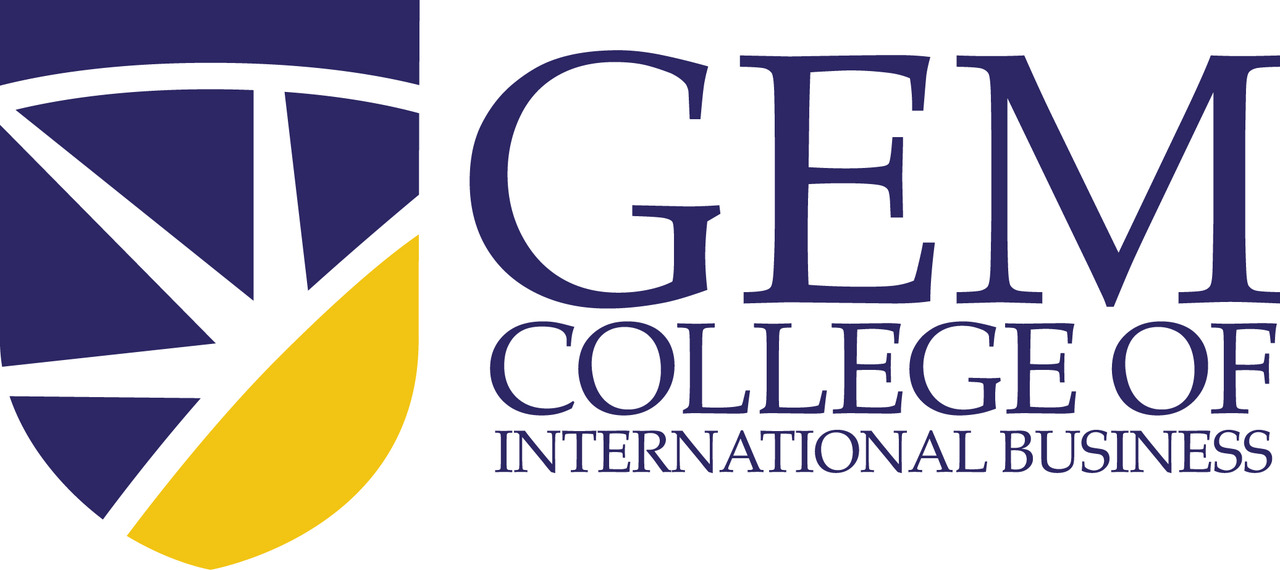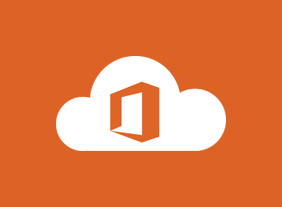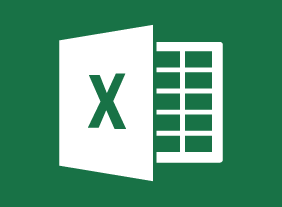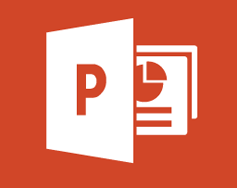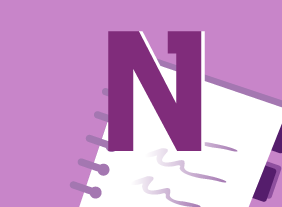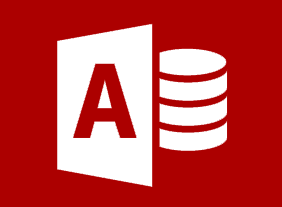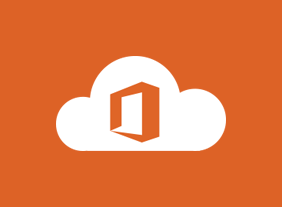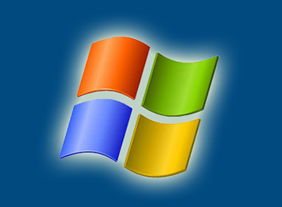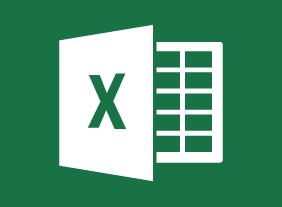-
Add to cart
Microsoft Word Online: Inserting Objects
$49.00In this course you will learn how to add headers and footers to a document, insert footnotes and end notes, and insert, modify, and format tables. -
Add to cart
Introduction to HTML and CSS Coding Part 2: Performance and Organization
$49.00In this course you will learn about strategy and structure, object-oriented CSS, scalable and modular architecture for CSS, and reusable code. -
Add to cart
Introduction to HTML and CSS Coding Part 2: Responsive Web Design
$49.00In this course, you will learn how to use flexible layouts, media queries, and flexible media. -
Add to cart
Introduction to HTML and CSS Coding Part 2: Complex Selectors
$49.00In this course, you will learn how to use commonly used selectors, child selectors, attribute selectors, and pseudo-selectors. -
Add to cart
Mobbing in the Workplace
$49.00After this course, you will be able to identify mobbing and how it differs from individual bullying, know why and how it occurs, know how it impacts the person targeted and the organization, know what actions to take if you are being mobbed, know how to avoid targeting someone, and know what action to take as an organization to stop mobbing before it starts -
Add to cart
Intermediate Project Management (Audio)
$49.00In this course, you will focus on the last three stages of the project life cycle: planning, execution, and termination. This includes identifying tasks and resources; using scheduling techniques like the work breakdown structure, Gantt charts, and network diagrams; preparing a budget; executing a project; and controlling changes. -
Add to cart
Developing a Safety Procedures Manual
$49.00This course helps you craft a usable manual for your workplace, or for whatever situation you require one. You will learn about safety procedures and safety procedures templates. Also, this course introduces you to how to organize the steps in a procedure and construct a flowchart. Brainstorming allows you to gather information and you will also look at guidelines for writing procedures and learn about communication aids. -
Add to cart
Microsoft Sway: Working with Text and Images
$49.00In this course you will learn how to format text, and add media to a Sway project. -
Add to cart
Becoming a Progressive Employer: Setting Trends Instead of Following Them
$49.00In this course, you will gain an understanding of what being progressive means, and then take time to truly examine this concept through activities and discussion. You will look at the process involved in going from the status quo to being progressive, along with how to develop or enhance a progressive mindset and innovative ideas. The last part of the course involves understanding the importance of a succession plan to a progressive organization. -
Add to cart
Story Marketing for Small Businesses
$49.00This course covers the essential elements of a story marketing campaign, from a review of company message and brand, to the elements of good storytelling. The course leads participants through the steps of creating a marketing story knowing your company, knowing and connecting with customers, and the story writing and editing process. This creates a clear and engaging path that will lead customers to your products and services and encourage them to respond to your call to action. -
Diploma of Project Management (BSB50820)
$4,650.00When a business needs to improve/modify a process or change the business a process it can spell disaster if it isn’t managed in structured and ordered way. The solution is ‘project management’, which means that it must be done correctly and according to the expectations of stakeholders and/or clients. If you are an experienced Manager seeking to open career opportunities, or to enhance your current competencies, it is likely that you need project management skills. The Diploma of Project Management is the ideal qualification to equip you with these skills. * Subsidies: Employers and Individuals eligible for subsidised training via industry tendering processes benefit from discounted group training. * Recognition: Individuals who have had significant experience in a given industry, in managing projects, or being members of a Project Team could be eligible for Recognition of Current Competencies, or Recognition of Prior Learning. COURSE DETAILS / ENQUIRE
